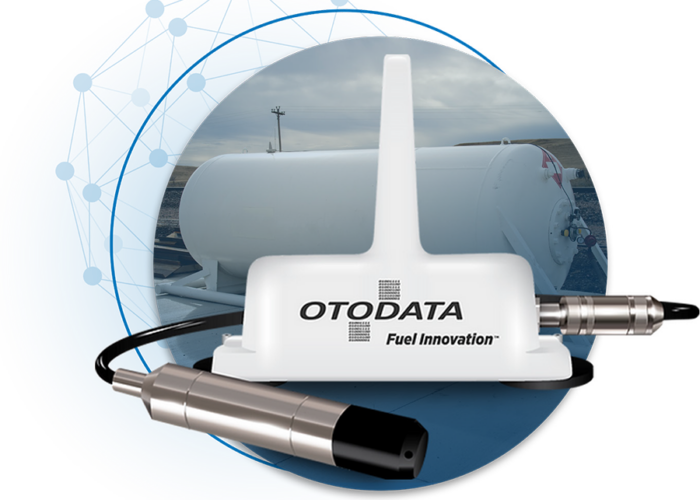Ultimately, the right connectivity technology will meet your IoT solution’s needs, such as battery life, throughput, deployment location, and more.
Here’s what to consider when deciding which connectivity technology is best suited for your IoT solution.
Is Cellular the Best Option?
Cellular isn’t necessarily the best option for every IoT solution. Sometimes, a short-range connectivity technology such as Wi-Fi or Bluetooth might make more sense for your solution in terms of capabilities and cost.
Cellular technology might be the best route for your solution if you:
- Need to transport wireless data long-term over a large coverage area
- Want an easy configuration and installation process
- Want to keep costs low without sacrificing coverage reliability
If cellular does seem like the correct type of connectivity technology for your IoT solution, the next step is to narrow down the type of cellular technology.
Narrowing Down Cellular Technology Options
Currently, there are three main options for cellular technology on the market:
- 4G LTE
- LTE-M
- NB-IoT
4G LTE is a connectivity technology that uses more power but has lower latency, making it well-suited for high-speed applications. LTE-M and NB-IoT are both Low Power, Wide Area (LPWA) technologies that are part of the 5G standard and have many similarities.
However, each of these three types of cellular technologies has unique characteristics that you need to carefully consider based on your solution’s needs:
| Cellular Technology | General Use Cases | Example Use Case | Geographic Availability | Data Throughput (MB/per second) | Latency | Battery Life | Radio Cost |
| 4G LTE | Low-latency, high-speed use cases | A remote monitoring solution for a fleet tracking | Most widely available in North America, EMEA, and APAC | Highest of the three | Low | Not optimal for solutions that need long battery life | Most expensive of the three |
| LTE-M | Deploying battery-powered units at large scale that don’t require high bandwidths | A solution that monitors pressure on gas tanks | Most widely available in North America, South America, and parts of Europe | Medium; in between the data throughput of 4G LTE and NB-IoT | Low-medium | Optimal for solutions that need longer battery lives | Low |
| NB-IoT | Deploying battery-powered units at large scale that don’t require high bandwidths | A smart city application, such as parking metering | Most widely available in North America, South America, EMEA, and parts of Europe | Lowest of the three | Medium | Optimal for solutions that need long battery lives | Low |
All three of these cellular technologies offer robust mobility management, strong remote update capabilities, and extended coverage options.
The unique characteristics and needs of your solution will factor into which of these three cellular technologies is best suited for your IoT deployment. For example, if you’re deploying a solution that monitors pressure on gas tanks in Europe, the Middle East, or Africa (EMEA), NB-IoT will likely be the best choice. However, if you’re deploying a remote monitoring solution for ATMs in North America—which would require transmitting information as fast as possible in the event of breaches—4G LTE would likely be the best choice.
How Aeris Helps IoT Solution Providers Navigate Cellular Technology
At Aeris, we work closely with infrastructure architects, product managers, CTOs, and other key decision makers to determine the optimal cellular connectivity technology for their IoT solutions.
After you decide between 4G LTE, LTE-M, and NB-IoT, we’ll continue to guide you by providing hands-on support, ensuring that you give your customers high-quality experiences that keep them happy.
Ready to get connected? Contact us today.


